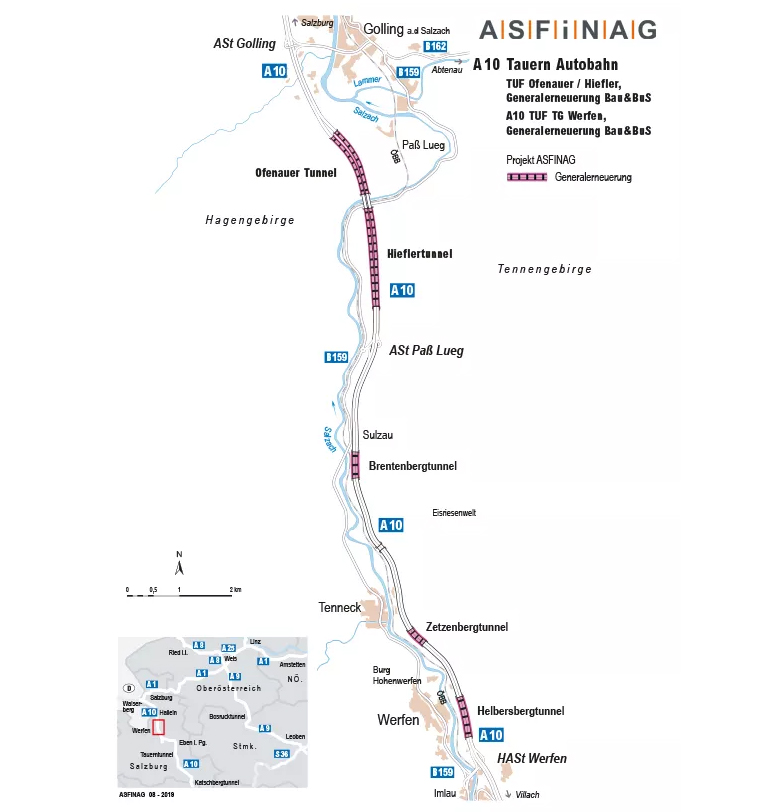
Austria: Weekend closure of the Mannswörth junction on the S1 and the A4 exit onto the S1
As part of the ongoing resurfacing work to improve noise protection on Vienna\’s outer ring road, two more junction closures are scheduled to take place this weekend: the exit from the A 4 motorway in the direction of Hungary onto the S1 and the Mannswörth junction on the S1 in the direction of Vösendorf.
Both junctions will be closed from 9 p.m. on Friday, October 13, to 5 a.m on Monday, October 16 at the latest.
Available diversion routes
The diversion for the exit from the A 4 in the direction of Hungary to the S 1 in the direction of Vösendorf follows along the B9 and the Schwechat Ost slip road onto the S 1. This means that traffic on the A 4 continues as far as the airport (Flughafen) junction and is then diverted onto the B9 via the airport exit to rejoin the S 1 in the direction of Vösendorf at the Schwechat Ost junction.
The diversion of the slip road onto the S 1 from Mannswörth: At Mannswörth, traffic will continue in the direction of Schwechat to the A 4 as far as the airport junction and from there will be diverted to the S 1 via the B9 at Schwechat Ost.
The diversion for the exit from the S 1 in the direction of Mannswörth in the direction of Schwechat follows via the Schwechat Ost junction. Drivers can use the roundabout in order to return to the S1 as far as the Mannswörth junction.
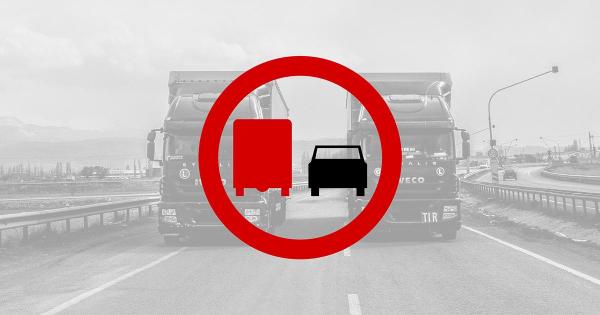
Czech Republic: the overtaking ban for HGVs on the D1 to come into force at a later date
The ban on a 100-kilometer section of the D1 motorway was originally supposed to come into effect this summer, but due to technical problems and the lack of signs informing about the ban, the date of its introduction has been postponed.
The overtaking ban for HGVs in the Czech Republic has been in effect since the start of 2020 on some sections of the D5, D8 and D11 roads in the Prague area, on the renovated D1 near the cities of Brno and Ostrava, and on two sections of the D8 in the north of the country. The plan was to also introduce the ban on a 100-kilometre section of the D1 motorway before the end of summer. However, so far only very few signs informing about the ban have been put up. According to the Czech ministry of transport, 500 signs are to be installed in Prague by November 1.
In addition to D1 in Vysočina, the ministry is also planning to introduce the overtaking ban for HGVs on 33 new sections of the D2, D5, D7, D8, D11, D35, D46, D55 motorways and on the four-lane I/11 road near Ostrava.
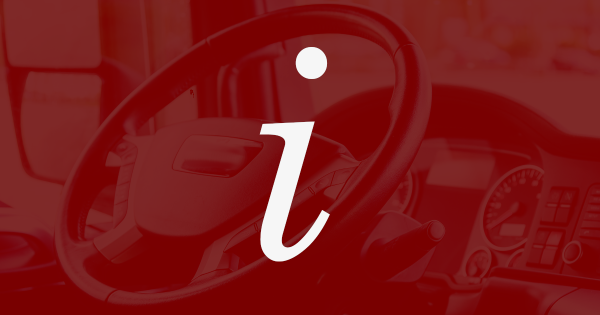
Germany: weekend closure of the A7
From 10:00 PM on Friday, the A 7 will be completely closed in both directions between the junctions (AS) Heimfeld and Volkspark.
With the exception of AS Waltershof, all junctions along this stretch of the motorway (Volkspark, Bahrenfeld, Othmarschen, Heimfeld) will be closed from 9:00 PM. The AS Waltershof remains open until 9:45 PM. In addition, access to the southbound A 7 from AS Stellingen will no longer be possible starting from 9:00 PM. The motorway will reopen at 5:00 a.m. on Monday, October 9 this year.
Official diversion routes:
A diversion route during via the A1, A21 and B205 is available for through and national traffic in both directions.
• for traffic from the south, from the Bucherholzer triangle (43) / Horster triangle (40) via the Maschener intersection (39) and then along the A1
• for traffic from the north,from the AS Neumünster-Süd (15) along the B205

Poland and the Czech Republic are introducing temporary checks on the border with Slovakia
The decisions were announced by Mariusz Kamiński, the Minister of the Interior and Administration, and the Czech Prime Minister, Petr Fiala, during today’s press conference.
Poland
Border checks to prevent illegal migration along the Balkan route will start at midnight on October 3 and will continue for the next 10 days (until October 13). The measure may be prolonged if necessary. During this period the border can only be crossed st designated places. Individuals or vehicles for inspection will be selected based on risk analysis. Travelers crossing the Polish-Slovak border must carry an ID card or a passport.
8 road border crossings are available:
– Radoszyce
– Periwinkle
– Muszynka
– Piwniczna-Zdrój – Mnišek nad Popradom
– Jurgów
– Chyżne
– Korbielów
– Zwardoń – Skalité Platforma
In addition, there are 3 railway border crossings:
– Łupków – Palota
– Muszyna – Plaveč
– Zwardoń–Skalité
There are also 11 pedestrian border crossings, which may only be used by EU citizens and their spouses and children:
– Ożenna
– Konieczna
– Leluchów
– Niedzica
– Łysa Polana
– Chochołów
– Winiarczykówka
– Ujsoły
– Bór
– Zwardoń – Mýto
– Jaworzynka – Čierne –Skalité.
The Czech Republic
In view of rising illegal migration, random checks along the Czech-Slovak border will start at midnight (October 3) and will continue for the next 10 days (until October 13).
Od půlnoci zavádíme namátkové kontroly na hranicích se Slovenskem. Opatření koordinujeme s Polskem, které zavádí podobné kontroly, Slovenskem i dalšími sousedními zeměmi.
Počty nelegálních migrantů do EU začínají opět růst. Nebereme to na lehkou váhu a rychle reagujeme na…
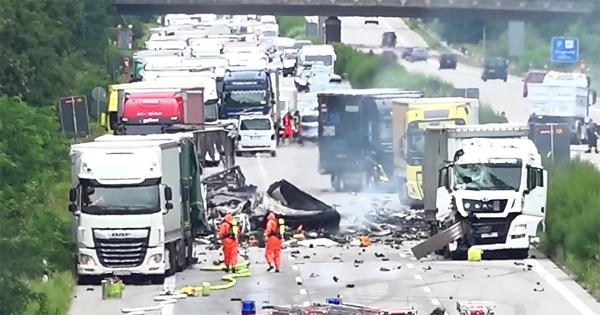
Germany: the A2 towards Magdeburg closed until Saturday
Cleanup operations are still underway after the accident that happened on Tuesday afternoon on the A2 motorway in the direction of Hannover, between the junctions Theeßen (75) and Burg-Ost (74) near Grabow.
On Wednesday, August 30, the protection zone around the accident site was lifted, which enabled the police to start their investigation. In the evening, the carriageway towards Berlin was cleared and reopened to traffic. The carriageway towards Magdeburg will be closed until Saturday. Drivers are advised to use diversions along the A14 and A9.
The bodies of two drivers who died in the accident have been removed from the vehicles. The police are trying to establish the identity of both victims and determine what caused the fire.
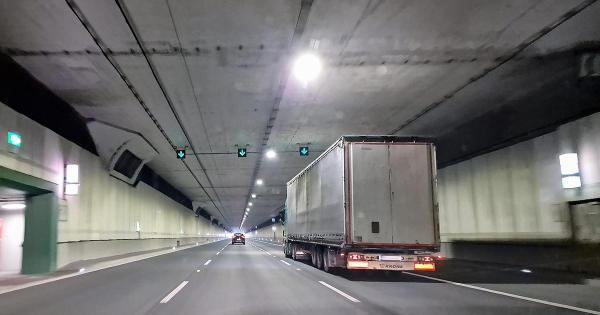
Total closure of the Mont Blanc Tunnel for 9 consecutive weeks
In order to enable technical maintenance work, the Mont Blanc Tunnel will be totally closed for a period of 9 consecutive weeks, starting at 8:00 AM on Monday, 16 October,
The tunnel is scheduled to be reopened by 10:00 PM on Monday 18 December.
During this period, please use the recommended alternative routes.
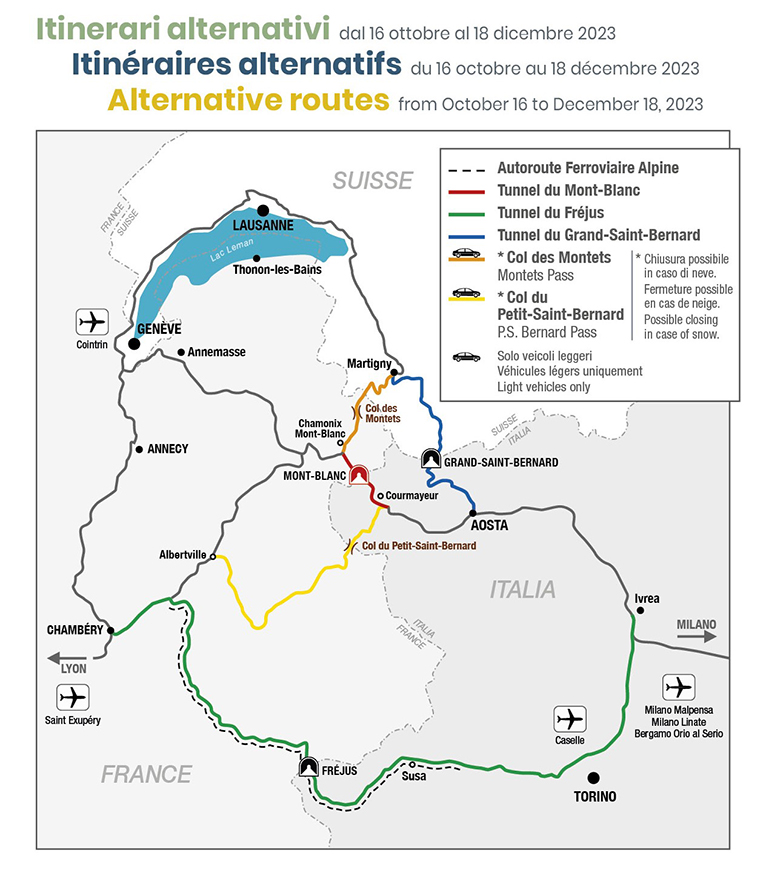
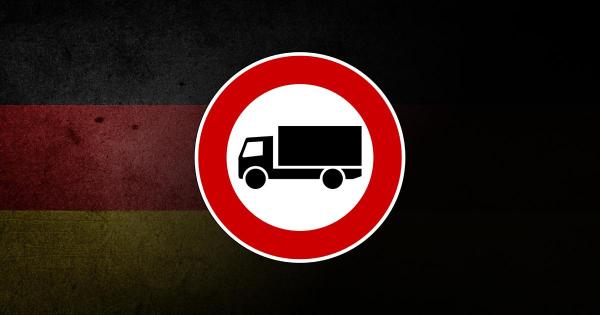
Germany celebrates Unification Day on October 3: what about HGV driving bans?
On that day the ban in in effect from 00:00 to 10:00 PM applies to vehicles with a GVW above 7.5 t and lorries with trailers, regardless of GVW.
A question often arises whether the holiday is celebrated in the whole country or only in some federal states? As we mentioned, the ban on October 3 is in effect across the entire road network in Germany. Of course, as always, there are exceptions. Details about derogations can be found at trafficban.com – Germany – important information. The holiday in Germany also affects HGV traffic in Austria and Luxembourg.
In Austria, the ban on October 3 is also in effect from 00:00 to 10:00 PM on the Inntal A 12 motorway and the A 13 Brenner motorway, if your destination is in Germany or in a country that can only be reached via Germany.
In Luxembourg, the ban on October 3 applies to vehicles bound for Germany and is in effetc from 00:00 to 9:45 PM.

Poland has intensified checks on the border with Slovakia and the Czech Republic
The Border Guard, Police and Road Transport Inspectorate are conducting random checks of buses and other vehicles that may be transporting illegal migrants. Since yesterday, about 150 people from the Middle East and Africa have been detained while trying to get through to Germany.
A statement from Poland’s Minister of the Interior and Administration, Mariusz Kamiński, after a conversation with the head of the German Ministry of the Interior, Nancy Faeser.
Today, the 28 of September, I had a telephone conversation with German Minister of the Interior, Nancy Faeser. We talked about the situation on the Polish-German border and the increasing migration pressure along the Balkan route. I want to stress that media reports about the alleged reintroduction of permanent border checks at the internal Schengen border between Poland and Germany are untrue. The German side has only decided to intensify activities of its border guard along the border with Poland. This is not equivalent to reinstating border checks according to the relevant Schengen rules.
At the same time, given the growing migration pressure along the Balkan route,for example through Hungary, Slovakia, Poland to Germany, we have decided to intensify activities of the Border Guard, the Police and the Road Transport Inspectorate along the borders with Slovakia and the Czech Republic. These involve random checks of buses and other vehicles that may be transporting illegal migrants from this direction. As a result, only yesterday, approximately 150 illegal migrants from the Middle East (including Syria) and Africa, trying to get to Germany, were detained. It turned out that those involved in migrant smuggling were short- and long-term residents of Germany (with visas or residence rights).
Today, I have informed the German Minister of the Interior, Nancy Faeser, about these illegal practices. We have agreed that Polish and German uniformed services will cooperate more closely in combating illegal migration. A special task force will be created to this end, consisting of officers from Poland, the Czech Republic and Germany.
Mariusz Kamiński
Polish Minister of the Interior and Administration
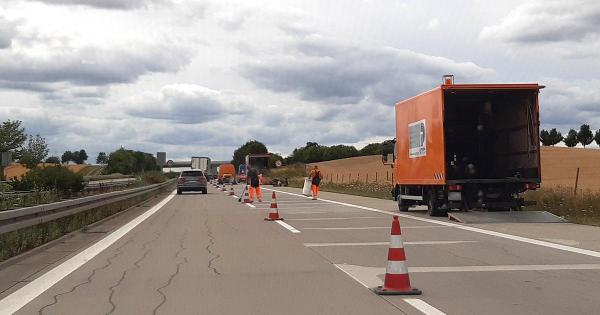
Germany: A 57 closed for a few days
The closure is due to the renovation of the carriageway surface in the direction of Nijmwegen between the Neuss-Süd triangle and the Neuss-West interchange.
The A 57 motorway will be closed from 20:00 on Friday, September 29, until 6:00 a.m. on Wednesday, October 4. Traffic on the A 57 will be diverted at the Neuss-Süd triangle, while further diversions will be introduced for traffic from the A 46 from Düsseldorf to the A 57 towards Nijmegen from the Neuss-Süd triangle along one lane to the Neuss-Norf junction.
Consequently, the junctions Neuss-Norf (on-ramp only), Neuss-Hafen, Neuss-Reuschenberg and, at the Neuss-West junction, the connection between the A 46 and the A 57 towards Nijmegen will also be closed. A diversion for through traffic will be available from the Neuss-Süd triangle, via the A 46 to the Hilden interchange, from there along the A 3 to the Ratingen-Ost intersection and from there on the A 44 to the Meerbusch intersection.
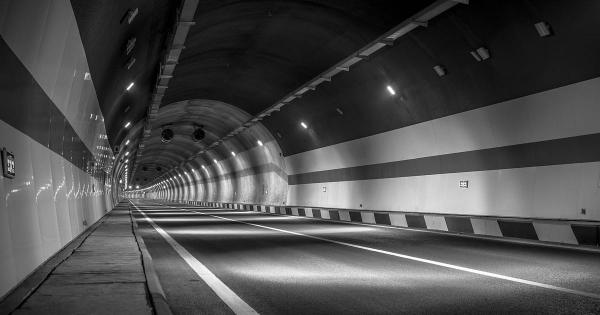
Austria: Long-term renovation of tunnels on the A10
The general renovation of the Ofenauer and Hiefler tunnels and the Werden tunnel chain (Brentenberg, Zetzenberg, Helbersberg) built in the 1970s is scheduled to last until June 2025.
The purpose of the renovation is to modernise the oldest motorway tunnels in Austria and replace existing safety systems with the latest technology. The replacement of electric safety systems has been going on since September 2022, without any disruption to traffic. The second stage, scheduled to last from September 2023 to June 2024, will involve the closure of one tunnel tube. Due to high traffic intensity and legal requirements, work on the 14-kilometer section will be suspended during the summer period from July to September 2024. During this period, both tunnel pipes will be open without restrictions. The third stage of construction will involve successive closures of each tunnel tube.
The renovated tunnel is supposed to opened to traffic in June 2025. Since traffic intensity is much lower in the winter months, two-way traffic in one tunnel tube is legally allowed during this period. For technical reasons, onstruction work in the winter months cannot be stopped. During the works, delays and traffic jams in both directions are expected on weekdays.
Current information on the situation on the renovated section
